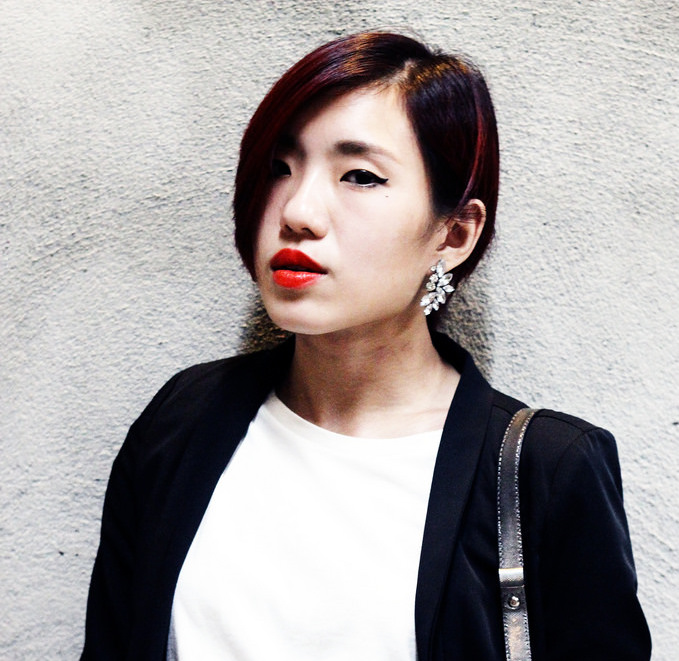
Canon EOS 60D, EF35mm f/2 IS USM lens, f/5.0, 1/400sec, 35mm, ISO 160 by David Alexis Córdova Morales
For most of us, we understand photojournalism as the genre of photography that focuses on news-related event, but there is more to it than simply being at the right place at the right time.
What is photojournalism
In essence, photojournalism is the process of storytelling using photos as the medium, utilising a camera to capture visual representations of a story. It is distinguished from other forms of photography by following a rigid framework of rules and ethics. Namely, these stories are true, and are meant to be told in a fair and unbiased way. The images taken are intended to evoke intense emotions in viewers, like shots of disaster survivors or scenes of a violent demonstration. Where journalism relies on words and supporting images to tell the story, photojournalism is exactly the opposite; it uses body language and facial expressions to tell stories that mere words cannot.

Canon EOS 5D Mark II, EF100mm f/2 USM lens, f/2.2, 1/160sec, 100mm, ISO 3200 by Cornel Putan
What is takes to be a photojournalist
Being a photojournalist is more than just inserting yourself into a random dangerous scenario and shooting pictures, hoping for a good shot. A photojournalist captures events as they are happening, meaning they must be ready and properly equipped at at all times. It is a fast-paced career that possibly involves a lot of traveling, and these photojournalists must be prepared that they could be entering very dangerous territories. In order to get great shots, photojournalists must be persistent, and they must be fearless. For example, famed photojournalist Robert Capa was a war photographer who eventually met his end due to the fatal injuries he sustained in the Indochina war. They are also strong, as viewing emotionally draining scenes day in and out is not something just anyone can handle.

Canon EOS 550D, EF50mm f/1.8 II lens, f/2.8, 1/320sec, 50mm, ISO 400 by Raghu Madanagopal
During the shooting process, a photojournalist must bear in mind that he is obligated to tell the truth with his images, as viewers are reliant on this honesty in order to fully understand the scenarios he’s depicting. Photos are shot strictly with zero interference from the photojournalist, and undergo no manipulation during the post-processing phase. Some argue that the mere presence of a photojournalist can be considered interference, but this impact can be minimised through practice and time. In fact, some photojournalists have honed the ability to fade into the background so well that that subjects even forget they’re there.

Canon EOS 60D, EF35mm f/2 IS USM lens, f/5.0, 1/400sec, 35mm, ISO 160 by David Alexis Córdova Morales
Why they do it?
Most of us cannot imagine deliberately choosing a career path that could potentially be fraught with danger, so why do photojournalists do what they do? Aside from being able to travel the world and meeting people from diverse backgrounds, photojournalism can ultimately, be a very rewarding career, knowing that what you’re doing is making a difference to the world. The ability to educate the masses, to shed light upon social injustices and to be a part of history in the making – there aren’t many jobs in the world that allow for that.
|
|
Mona Teo Profile of writer Mona Teo is a writer based in Singapore who believes that there is nothing more powerful than the written word (not counting coffee). An avid scuba diver and traveler, she relies on her Kindle to get her through flights and seeks inspiration from the world around her. |


































